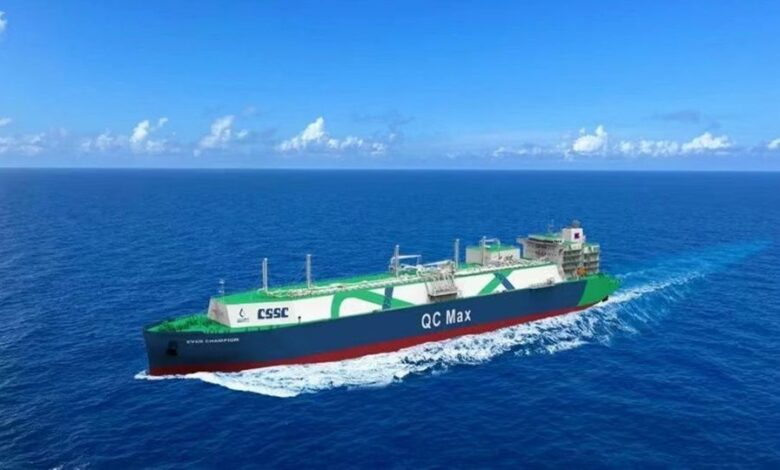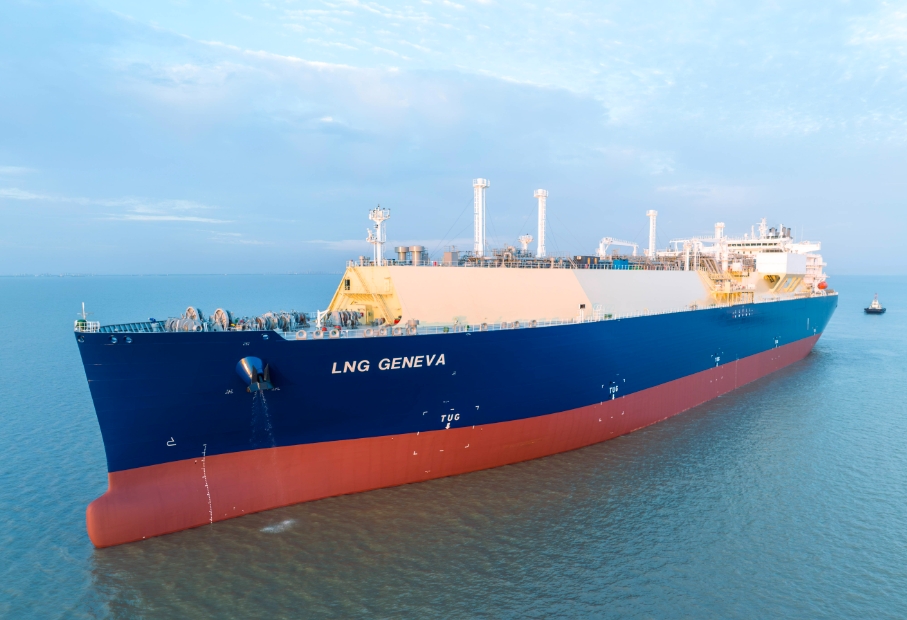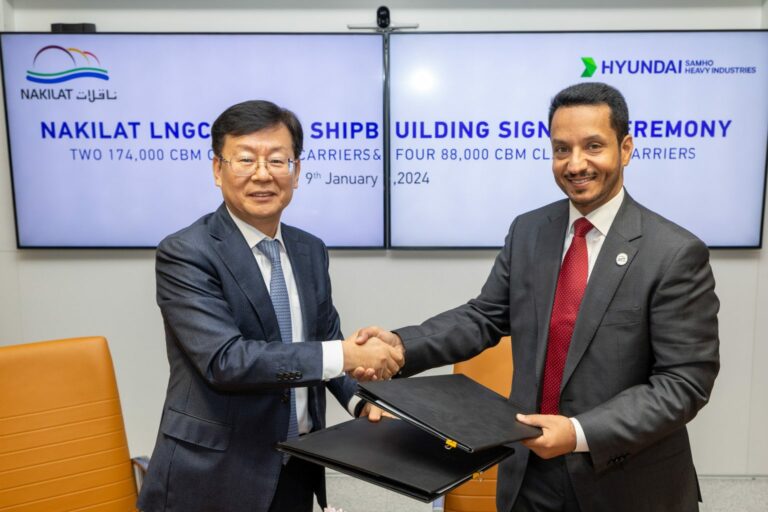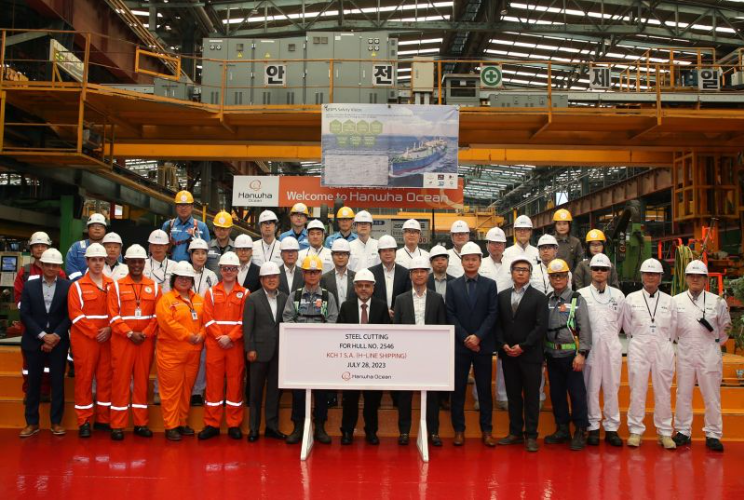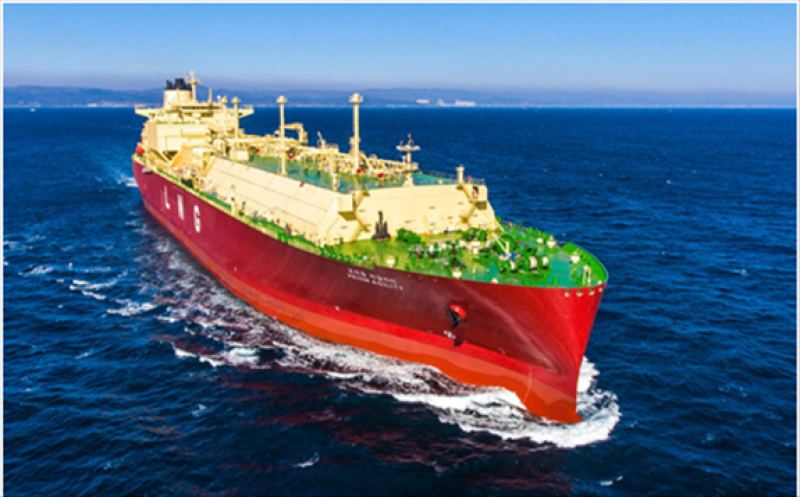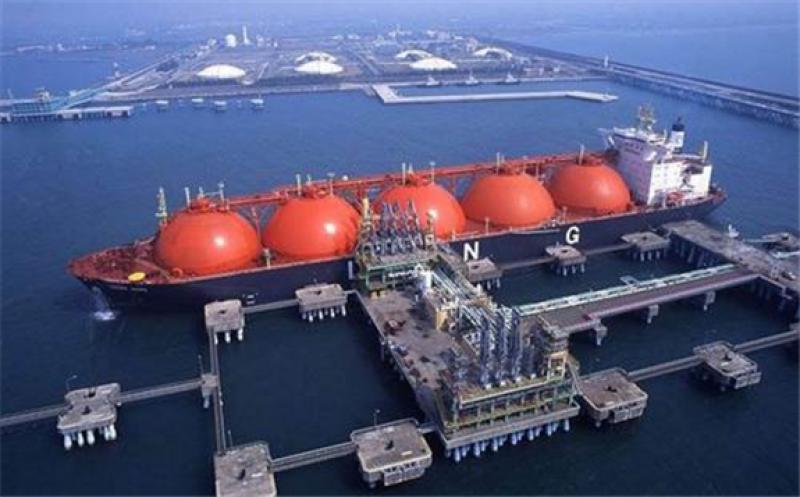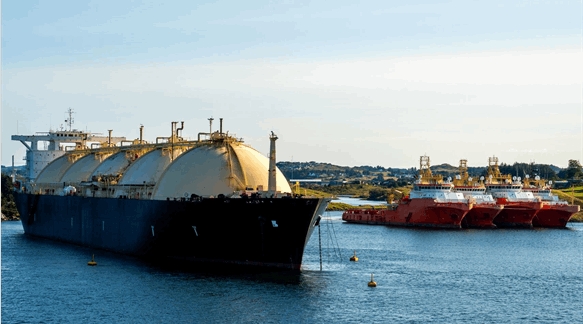
The figure exceeded the forecast by 2.4 percent, the report showed. Daily oil output averaged 1.8 million barrels, while average daily NGL production stood at 223,000 barrels and condensate at 20,000 barrels.
Gas production totaled 364.5 million cubic meters (12.9 billion cubic feet) a day. While that was up from February, gas sales in March fell month-on-month by 900 million cubic meters (31.8 billion cubic feet) to 11.3 billion cubic meters (399.1 billion cubic feet), according to the official figures.
Last year, Norway continued to be Europe’s biggest supplier of natural gas accounting for 30.3 percent, having overtaken Russia since the latter’s invasion of Ukraine 2022, according to European Union figures.
This year, the directorate expects “high activity” that was seen 2023 on the Norwegian continental shelf to continue, it said in a report January 11, 2024.
Production Ramp-Up in Barents Sea
Last Wednesday the directorate said three fields in the Barents Sea were expected to start producing by the end of 2024.
"It took a lot of good decisions to get where we are today in the Barents Sea, and we now have the opportunity to lay a good foundation for further development of this part of the Norwegian shelf”, Torgeir Stordal, director-general of the Norwegian Offshore Directorate, told the Barents Sea Conference, as quoted in an official press release.
The release stated, “Forecasts indicate that production on the Norwegian shelf will peak in 2025”.
“Johan Castberg coming on stream is one of the contributing factors”, the directorate said in the news release. The field is operated by Norway’s majority state-owned Equinor ASA with a 50 percent stake.
“Good infrastructure is the proven key to high and long-term value creation throughout the shelf”, the directorate added. “This is why it is important that major new field developments contribute to good, comprehensive area solutions. This means that minor discoveries can be tied back, and it will also stimulate new exploration activity”.
“Wisting is the next major development in the Barents Sea that can contribute new infrastructure”, it said referring to another Equinor-operated field. “This is a strategically important project where the authorities expect the licensees to facilitate a good area solution.
“Both Goliat, Johan Castberg, and most likely also Wisting, will eventually need gas offtake and the authorities are concerned with ensuring good coordination among companies and good joint solutions”.
While Equinor is also an owner in Goliat with a 35 percent interest, the operator is Var Energi ASA with a 65 percent stake.
The directorate said Norway’s gas exports to Europe could be maintained at the current level through 2030 but that after the decade, deliveries could decline. “This is why more gas discoveries need to be developed”, it said in the press release. “Increased export capacity from the Barents Sea could be an important contribution.
“Studies are under way on how to potentially expand export capacity from the Barents Sea”.
The directorate expects eight to 10 exploration wells will be drilled in the Barents Sea this year.
Eight of the 62 production licenses that the Norwegian Energy Ministry awarded for the Awards in Predefined Areas 2023 round are in the Barents Sea.
“Last year, I specifically encouraged companies to explore opportunities in the Barents Sea”, Energy Minister Terje Aasland said in a media release January 16, 2024, announcing the results. “This year we are offering more than double the number of production licenses in this region compared to last year's round”.
